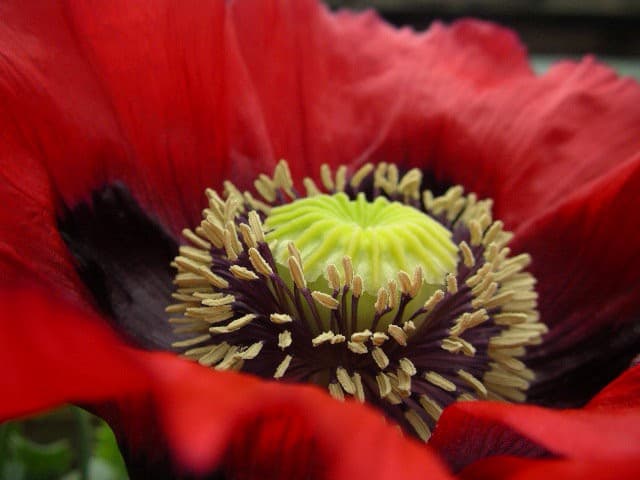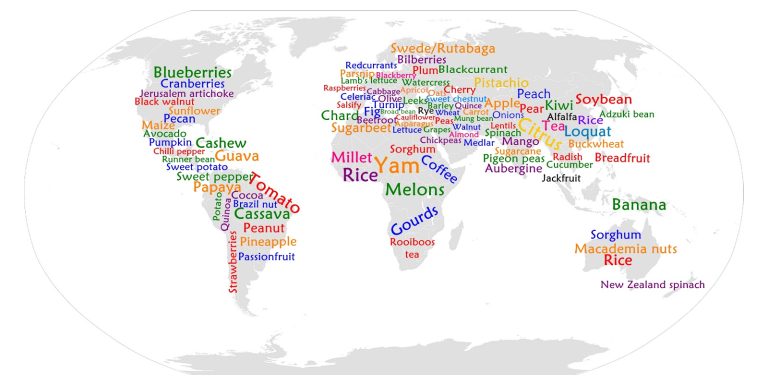It’s February again, and time to start planting.

Growing a garden is one of the best ways to get exercise, spend time outdoors and improve your diet and sense of food security, but sometimes it can be difficult to find the motivation.
To get back into the swing of things, I like to start with what I call the Three P’s of Spring: peas, poppies and potatoes.
Peas:
Gardeners always tell me that their homegrown peas never make it out of the garden because the gardener eats them first, and I say, “That’s just fine.” Fresh peas are a wonderful way to lure yourself into the field, and once you’ve filled your belly, you might as well do some work! Peas come in many forms: snap peas and snow peas have an edible pod and are delicious raw or in a stir-fry. Shelling peas yield larger peas inside an inedible pod, so you have to peel them, but the flavor is well worth the work. Bush peas don’t need a trellis and can be planted anywhere in the garden. Trailing varieties need a trellis, so plant them against a fence or around a cage.
For bush peas, I like Oregon Giant and Sugar Ann. Sugar Snap is a good choice for a trailing snap pea, but my favorite pea of all time is Alderman, a shelling variety with a rich, buttery flavor. Sow seeds directly into well-prepared soil. To boost germination, add a bacterial inoculant (available at most garden stores), or pre-sprout them in a jar with a bit of water for a few days ahead of time. Sow the seeds 2 inches deep and cover. Be sure to protect them from slugs and snails. My favorite way to do this is by sprinkling a tiny ring of black pepper around each seedling.
Poppies:
There are many different kinds of annual and perennial poppies that will do well in almost any climate, but my favorite are the Papaver somniferum, also known as bread-seed poppies or opium poppies. It’s perfectly legal to grow the flowers and the seeds are edible and rich in nutrients. Scoring the pods for their opiate properties is, however, highly illegal. I’ve always grown them for the stunning flowers, which come in a vast array of pinks, purples, reds and whites. Varieties of bread-seed poppies can be found with single flowers (just a few large petals), doubles (dozens of smaller petals) and hens-and-chicks, which have a bunch of tiny flowers around a large flower in the middle. Plant three or four of the tiny seeds into small hills placed at least 3 feet apart, then thin the sprouts down to one plant per hill. Poppies are extremely heavy feeders and need a lot of space to grow. If you plant them too close together, they will bloom when very tiny and you will miss out on the true glory of a 4-foot tall poppy plant, boasting dozens of giant flowers. To fill all that space between your poppy hills, plant light feeders, such as lettuce, radishes or bush peas.
Potatoes:
There are as many kinds of potatoes as there are colors in the rainbow. I like to mix them up in plantings so that every harvest yields a basket of rich diversity. Potatoes can grow in just about anything and are a good choice for pioneering new areas in your garden. They also make a nice border, and if you plant them along a dirt pathway, you can use the dirt later to hill up your young potato plants. To prepare the spuds for planting, cut them into sections with no less than two eyes per section. Coat the moist flesh in wood ash to prevent mould after planting. Plant the pieces 8 inches apart in a narrow trench 6 inches deep and cover with an inch of soil. As they grow, continue covering the little plants with soil. Do this about once a week until the trench is level with the ground, then continue to hill them up with soil from the path, or just pile on leaves or straw. The more you hill them, the more they will yield. After they have bloomed, wait until the plants start to wilt. Now you are ready to start harvesting. You can either dig them all up at once, or just root around in the dirt and mulch and pull out one meal at a time.



